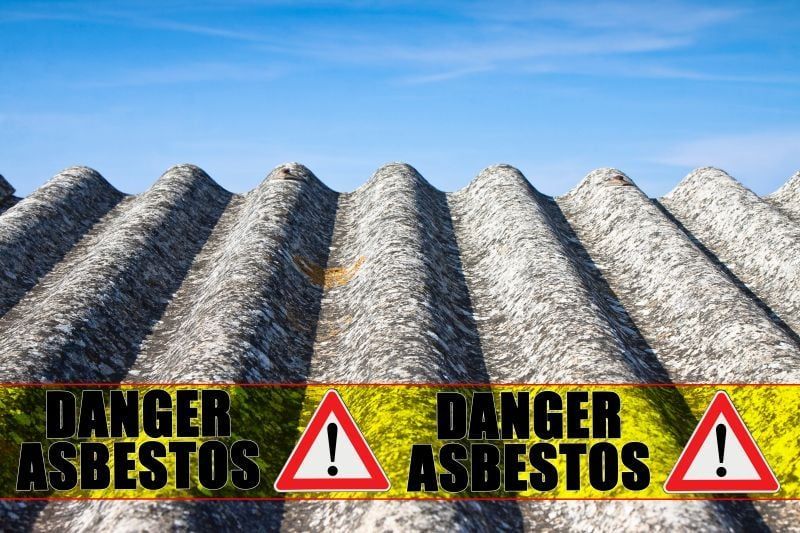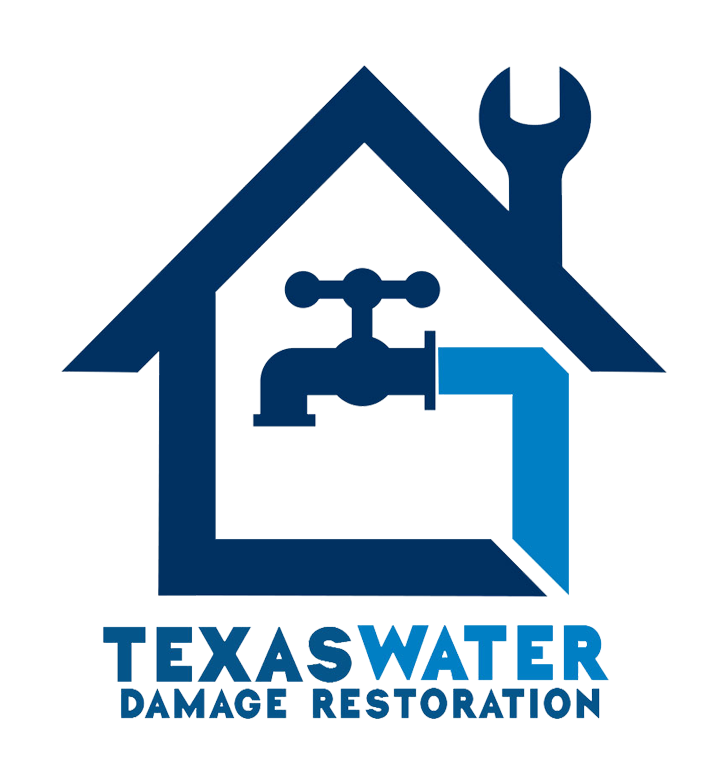
Water Damage and Wildlife Restoration: Coexisting with Nature After a Disaster in Texas
Water damage can wreak havoc on homes and properties, especially in disaster-prone areas like Texas. When disaster strikes, it’s essential to restore the damage as quickly and efficiently as possible. However, it’s equally important to consider the wildlife and natural ecosystem affected by these disasters.
The Importance of Water Damage Restoration

Water damage restoration is crucial to prevent further damage to the property and ensure the health and safety of its occupants. Prompt restoration can help minimize structural damage, prevent mold growth, and salvage valuable belongings. By addressing water damage promptly and professionally, homeowners can restore their homes to their pre-disaster condition.
At Texas Water Damage Restoration Pros, we specialize in water damage restoration, flood damage repair, emergency water extraction, mold remediation services, and more. Our team of experts is available 24/7 to provide immediate assistance and ensure quick recovery. Call us at 817-587-4040 for emergency water damage restoration services.
Understanding Wildlife Restoration
While restoring water damage, it’s crucial to consider the impact on the local wildlife and natural environment. Disasters can disrupt ecosystems, displace wildlife, and damage habitats. It’s important to approach restoration efforts with respect for nature and take steps to minimize further harm.
Wildlife restoration involves creating a balance between human activities and the needs of local wildlife. It may involve habitat restoration, wildlife relocation, and implementing measures to prevent further harm. By incorporating wildlife restoration into the water damage restoration process, we can work towards coexisting with nature after a disaster.

Coexisting with Nature After Water Damage
Restoring water damage while coexisting with nature involves several key considerations:
1. Assessing Wildlife Impact
Prior to beginning restoration work, it’s important to evaluate the impact on local wildlife. This assessment helps identify the species affected, their habitats, and potential risks. Wildlife experts can provide valuable insights and guidance throughout the restoration process.
2. Protecting Wildlife Habitat
To minimize disruption to wildlife, it’s essential to protect their habitats during restoration. This may involve creating temporary barriers, establishing buffer zones, or providing alternative habitats nearby. Protecting wildlife habitat ensures their survival and promotes a healthy ecosystem.
3. Implementing Conservation Measures
Incorporating conservation measures into the restoration process can help mitigate future damage. This may include using eco-friendly materials, implementing sustainable practices, or promoting water conservation. By adopting environmentally conscious approaches, we can reduce the impact on wildlife and preserve natural resources.
4. Coordinating with Wildlife Agencies
Collaborating with local wildlife agencies and organizations can facilitate effective wildlife restoration. These agencies can offer guidance on wildlife management techniques, assist in relocating species, and help ensure compliance with environmental regulations.
Water Damage and Wildlife Restoration Resources
For more information on water damage restoration, wildlife restoration, and coexisting with nature after a disaster, visit the following resources:
- Texas Water Damage Restoration Pros – Leading experts in water damage restoration in Texas.
- About Us – Learn more about our team and services.
- Emergency Water Damage Restoration – Immediate assistance for water damage emergencies.
- Mold Remediation – Expert mold removal and remediation services.
- Flood Damage Restoration – Comprehensive restoration for flood-related damage.
- Plumbing Overflow – Professional assistance for plumbing-related water damage.
